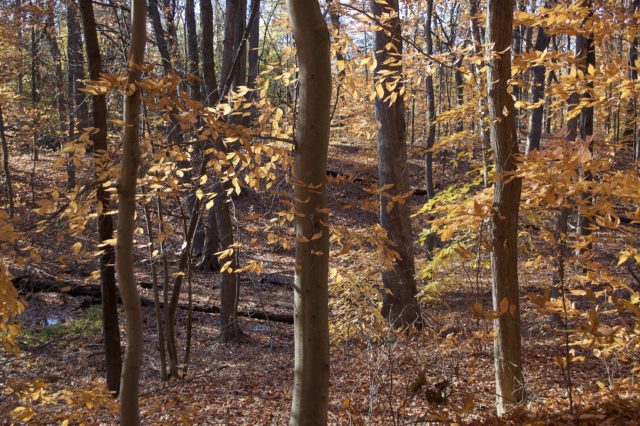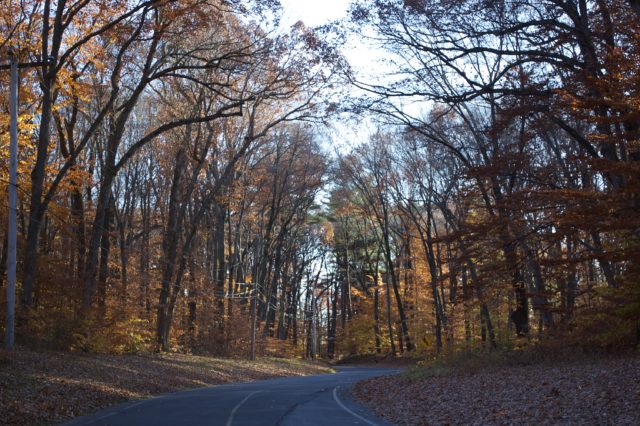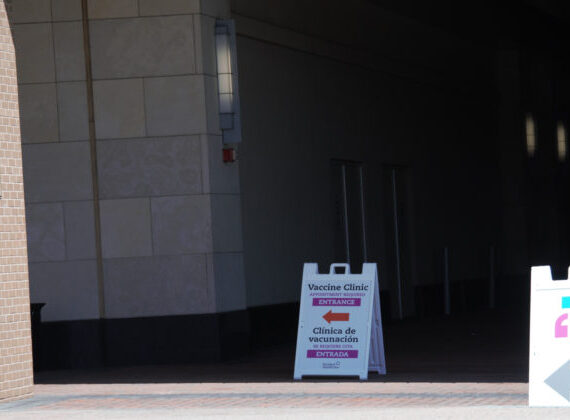 Volunteers from Pratt & Whitney, along with KNOX, spent Saturday morning building and installing raised garden beds in a Hudson Street park that has seen a range of uses from basketball games and birthday parties to homeless encampments and heavy drug use. If those community garden spaces fill, there’s ample room for expansion without cramping the positive park uses.
Volunteers from Pratt & Whitney, along with KNOX, spent Saturday morning building and installing raised garden beds in a Hudson Street park that has seen a range of uses from basketball games and birthday parties to homeless encampments and heavy drug use. If those community garden spaces fill, there’s ample room for expansion without cramping the positive park uses.
This addition brings the total number of community gardens in Hartford close to twenty. Those who go overboard with their planting, or are just lucky, are encouraged to donate their excess produce to Hands on Hartford.
KNOX has also been providing free shade, fruit, and other trees free-of-charge, by request, to residents who vow to water those trees for the first three years. Want tart cherry trees? They will deliver and plant them for you.
And that’s just what Knox is up to. The Keney Park Sustainability Project seems to expand every day, taking on forest management, aquaponics, and more.
Throughout the city, food is waiting to be foraged. You can find apples and blackberries, garlic mustard and chives, asparagus and fiddlehead ferns. Kousa dogwood fruit is edible and found all over Hartford. Pawpaws have been spotted in Asylum Hill and the West End. Want tea? Linden flowers can be harvested in downtown. Those with expertise (or the willingness to take a few risks) can gather Chicken of the Woods and Giant Puffball mushrooms.
 We have the opportunity to decide if Hartford should be a place that nourishes us, or if it should be a city allowed to actively and passively make us sick.
We have the opportunity to decide if Hartford should be a place that nourishes us, or if it should be a city allowed to actively and passively make us sick.
At a recent Upper Albany NRZ meeting, a business owner on Albany Avenue was upset about the incoming street trees because he did not want anything to block his store’s sign. Others expressed irritation about how the new trees would reduce parking spaces. For these business owners, perceptions about what drives commerce trumped the possibility of offering shade and cleaner air to customers.
Again, the Connecticut Airport Authority is pushing to elevate pleasure flying and ka-ching over human and animal health by proposing to clear thirty acres of trees in the floodplain near Brainard Airport and Wethersfield Cove. To mitigate this damage, thousands of trees would need to be planted — what has been estimated as a $5.2M contribution to Hartford’s tree fund.
It seems that years of shortsighted business decisions is what got us into this grand mess of high asthma rates and climate change in the first place.
While our green projects offer hope, they are not yet on the scale we need.
Fortunately, to move forward, Hartford does not need to be all that inventive. Other cities have already started making progress and can serve as models. Boston is one. Philadelphia is another.
We might not have the population or major league sports teams, but that should not dissuade us from thinking bigger than we have been — particularly on the issues that matter.

Richard Nelson
When I first came to Hartford I use to forage many a wild herb over across the river before the destruction of the meadows, and wooded areas and the expansion of the city. Now living where I do I have noticed many medicinal herbs grow right in the area of North Pope Park with some being the most helpful for what-ever the aliment. I no longer have space to dry herbs but now have joy in finding them, remembering to thank them, and once again going over in my mind all of their many uses. And I know I am not the only one who benefits from herbs but our four legged friends and other creatures do so as well. I live by the creed leave more for them than you take or leave it where it grows but know it if the day comes when you need to use it. I really don’t care for controlled landscapes and love the wilds and wooly’s in the city. A weed is not just a weed and wonders can be found in the overgrowth in the meadows, the woods and underbrush. A whole system of growth that survives even if people are in the way and try to control and many times kill it.